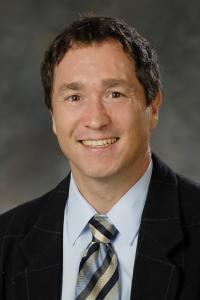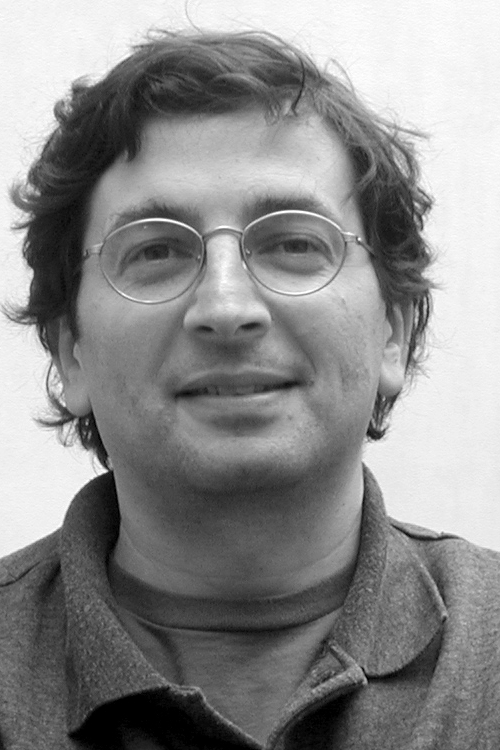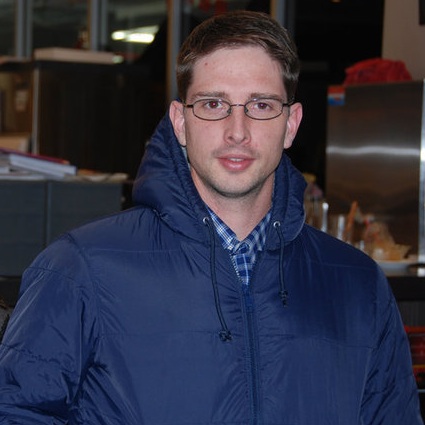Vlad Estivill-Castro
Vladimir Estivill-Castro is currently working as a Professor in the School of Information and Communication Technology, Director of MiPal and Director of the Autonomous Systems Program of the Institute for Intelligent and Integrated Systems (IIIS) at Griffith University (Australia). He is also a visiting scholar at Universitat Pompeu Fabra in Spain. His main interest are software engineering, algorithmic engineering, computational complexity, intelligent data analysis, privacy preserving data mining and knowledge discovery. Prof. Estivill-Castro holds a Ph.D. from the University of Waterloo in Canada and degrees from UNAM in Mexico. He serves in the editorial board of the Journal of Research and Practice in Information Technology, is editor in chief of the series Conferences in Research and Practice in Information Technology and serves on the editorial review board of the International Journal of Data Warehousing and Mining. He recently was awarded an ALTC citation for his to PhD supervision.









